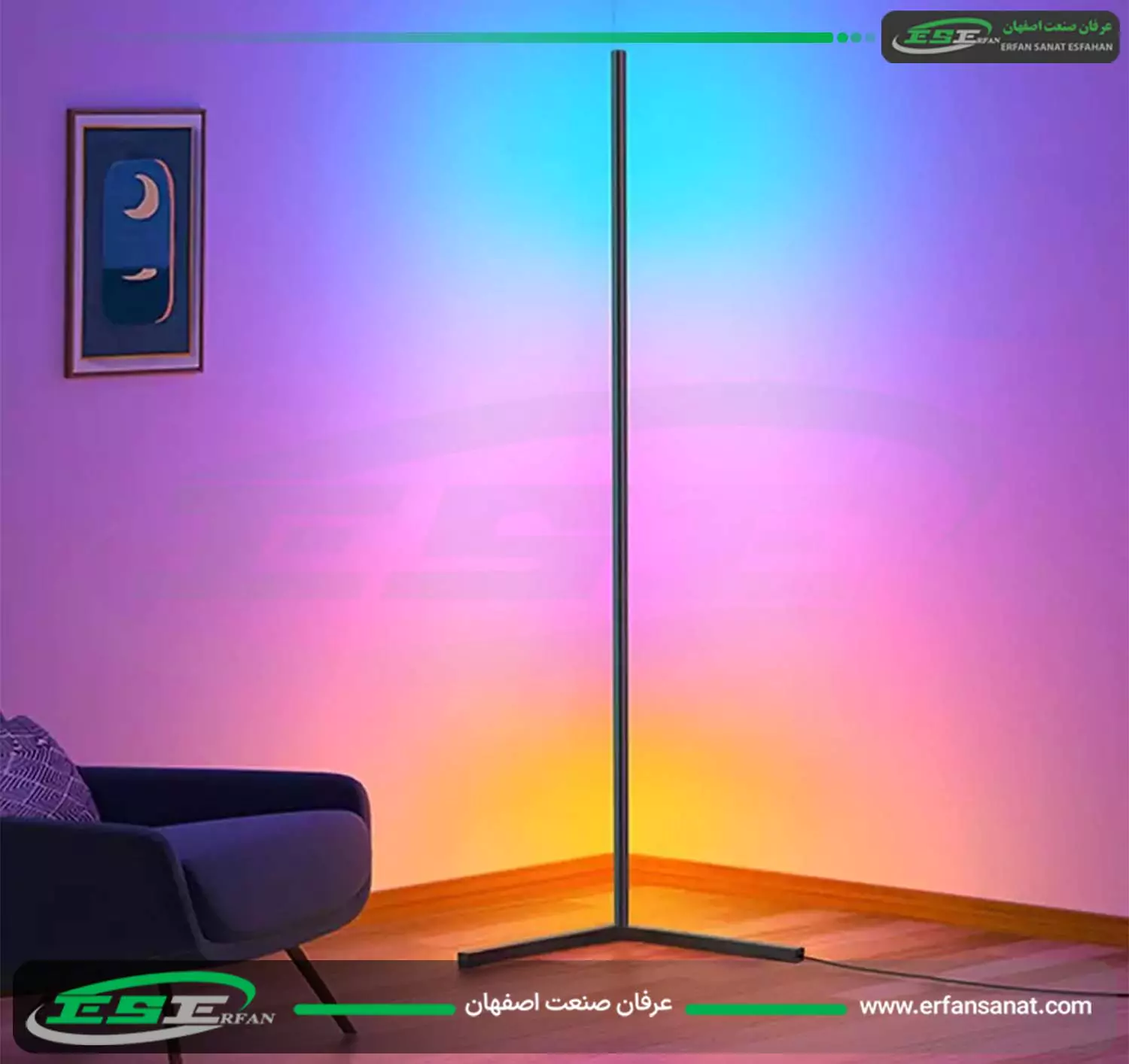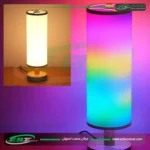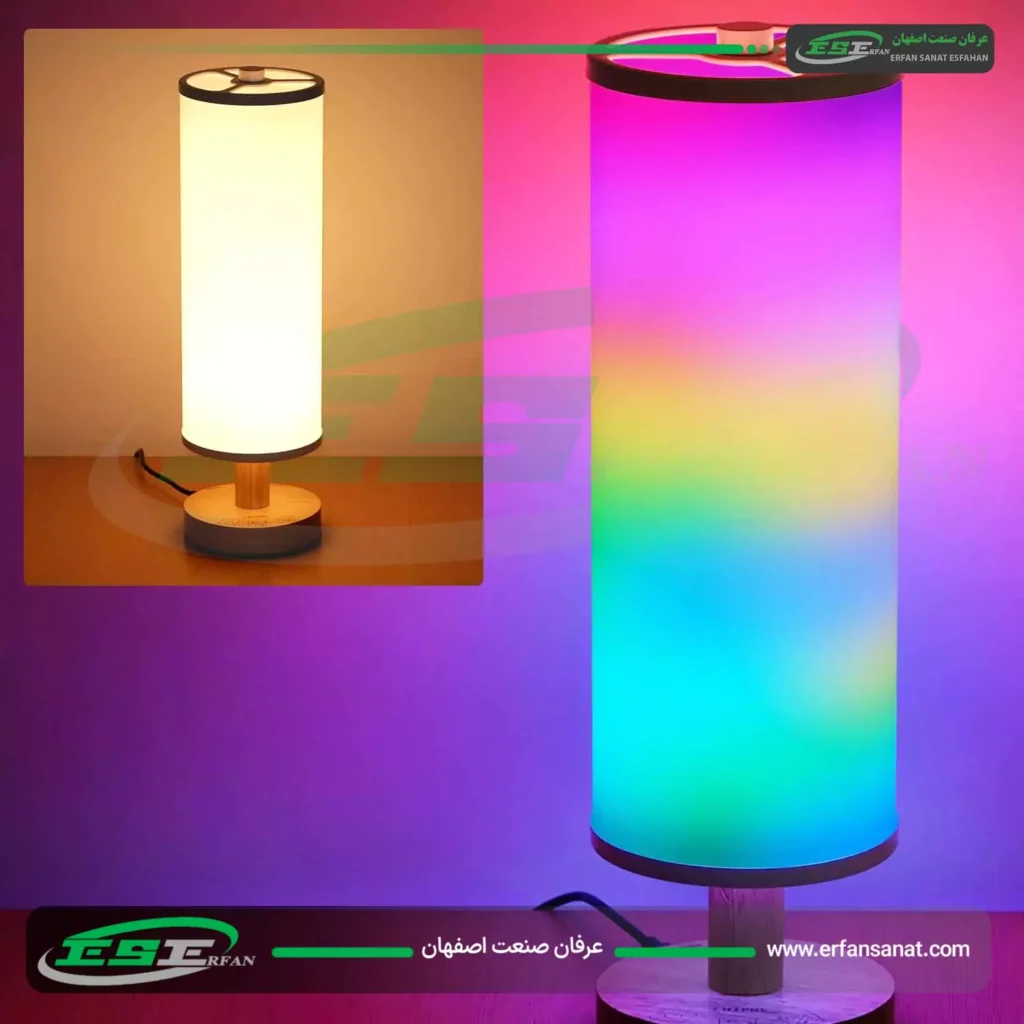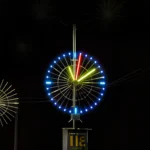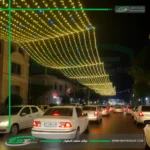Familiarity with RGB Lamps
Since the invention of the lamp, which is specifically attributed to its invention by Thomas Edison, many developments have occurred in the structure, function, and application of this vital device in the modern world. The initial invention of the electric lamp, which is considered revolutionary in the history of science and technology, significantly impacted not only the world of lighting but also the way we use electrical energy and develop various industries.
Before Edison, many scientists and inventors like Alessandro Volta, Humphry Davy, and Joseph Swan had also worked on the concept of producing light by passing electric current through different materials. In fact, these inventors concluded that by heating a wire or filament with electric current, it could be brought to a temperature that causes light to be emitted. Initially, this process involved using various materials like carbon, platinum, and other metals. However, none of these experiments managed to produce a stable and efficient light source.
With Edison’s invention of the lamp in 1879, this problem was solved. Edison was able to create a long-lasting electric lamp with significant light by using a carbon filament placed inside a vacuum glass bulb. This invention not only had a significant impact on home and street lighting but also led to the widespread use of electricity in various industries and the creation of new job opportunities.
Since then, lamps have gradually undergone many changes. For example, incandescent bulbs were replaced by fluorescent lamps, LED lamps, and halogen lamps, each of which surpassed older types for reasons such as lower energy consumption, longer lifespan, and even the ability to produce light in different colors.
Today, lamps have become one of the unpredictable components of our daily lives, with their applications extending beyond home and street lighting to industries, arts, agriculture, and even medicine. In summary, the history of lamps and lights from their invention to the present has witnessed countless advancements in scientific, technical, and even social fields, all of which highlight the importance of this invention in shaping the modern world.
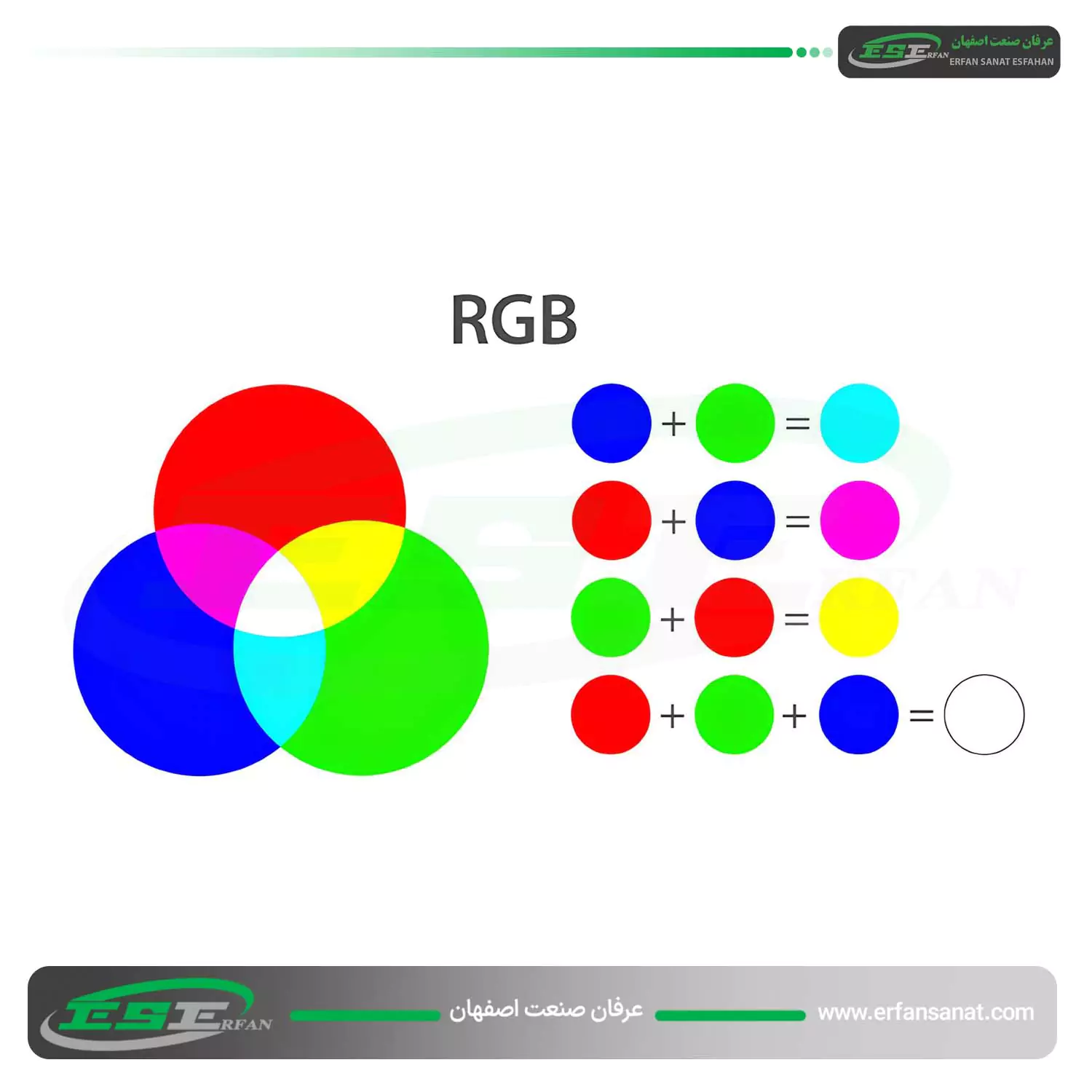
RGB Lamps
Another problem with incandescent lamps was that a majority of the electric energy was converted to heat instead of light. This issue led to energy waste and reduced lamp efficiency. To solve this problem, inventors decided to increase the voltage and use gases like phosphorus and mercury. This combination enabled the lamps to produce more light while wasting less energy as heat. As a result, fluorescent lamps were produced that, due to their higher efficiency and lower energy consumption, began to be used in various environments. These lamps also produced various colored lights by combining phosphorus with different materials.
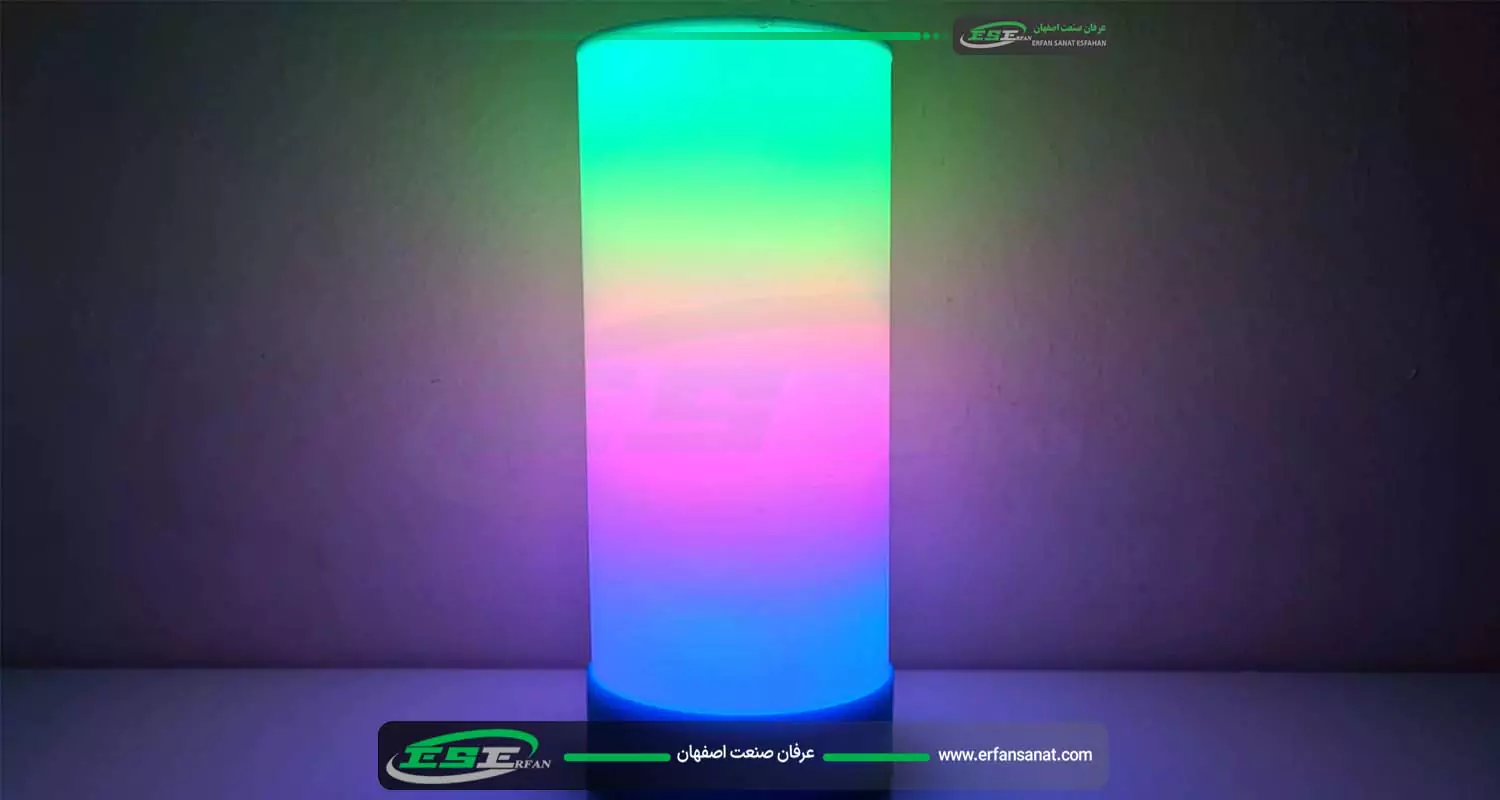
The advantage of these lamps was that they were lighter, produced relatively more light, and had higher efficiency. However, to operate them, equipment such as transformers and later ballasts was needed. The next generation of these lamps was sold in the market under low-consumption brand names; FPL. Meanwhile, scientists found that the effect of the electrical breakdown of diodes could also be converted into visible light. Scientists in different countries worked on this idea until the first blue diode lamp, which is a precursor to producing white light, was created by Nichia company. Later, Fairchild Semiconductors was able to commercialize it and reduce the manufacturing cost to about 5 cents per piece.
With the successful production of colored LED chips, commercial companies began to combine the three primary colored chips in the product. (a,b)